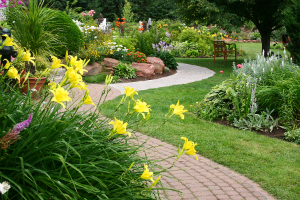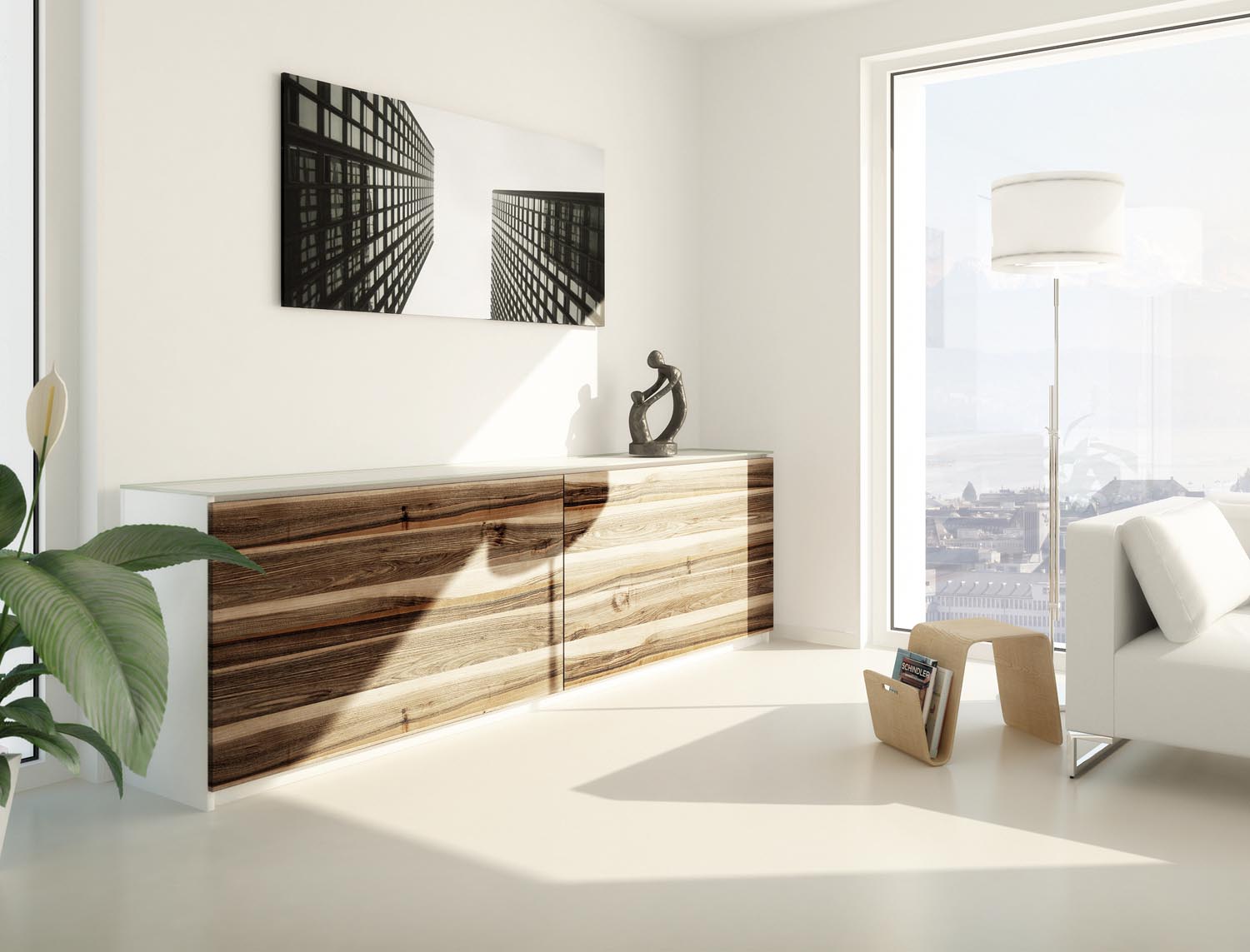Story: Michael Webber
Photos: Glenn Weiss
Canal living. What a dream come true! Balmy nights, water views and a boat moored at the pontoon — what more could one ask? Perhaps not a lot, but there is a price to pay — and I don’t just mean for the location.
There is the risk of flooding, not that floodwaters are ever likely to make it up to floor level. There are more council regulations affecting canal developments than for most other areas. There is no privacy and, of course, there might very well be midges or mosquitoes.
It’s the potential for flooding that impacts on council development regulations most. Maintaining the flood storage capacity of the entire canal system is of paramount importance in the event of serious flooding. Any development undertaken in the canal setback zone must not effectively fill in the canal system’s floodwater storage capacity.
When building a swimming pool on the canal embankment, for example, any volume taken up by the pool above the original embankment level must be compensated for by excavating out that embankment somewhere else. If done thoughtfully and creatively, this can be extremely attractive, with features such as decks, terraces and suspended decks used to good advantage.
Suspended decks offer the opportunity to create storage space for boats, water equipment, pool equipment and other necessities. It must be remembered that potential flooding in these areas is always a real threat.
As much as many canal dwellers like to make the most of views along the canal by building decks, gazebos and pavilions as close as possible to the water, there are stringent restrictions on how close to and how high above the water you can build. Many of the regulations are to protect all canal property owners from having their view built out by their neighbour. Even with such limitations, the opportunities for designing beautiful and very liveable spaces are infinite.
Many canal properties have 200m2-plus of total land area within the canal setback zone. This is a huge piece of land that affords the opportunity to do a lot more than most people ever seem to get around to doing. The range of features that can be included in your canal-side garden is enormous, but the most popular is a swimming pool — water people just can’t seem to get enough water.
Remember not to place the pool too far from the main outdoor entertainment area. Although pools are generally used a lot less than people imagine, if they are out of sight or difficult to get to because of complicated gates or levels, they’re even less likely to be used.
As good as most of the pool companies are at building pools, very few of them are good landscape designers. Most of them, in my experience, will admit to that. So please get your garden designed first — this includes the pool (size, style and location), entertainment areas, levels, pool fences, access to pontoons, retaining walls, garden beds and lawn areas — before getting the pool installed.
Never place a pool between the house and the primary outdoor entertaining area. Always think in terms of traffic flow and consider the ease and frequency of use of each of your activity areas.
Garden and lawn areas are of great importance. Framing and defining areas with gardens can make them appear larger, add character and provide shade. The fear of drought has over the past few years caused many people to reduce the size of their gardens and lawns, which is both sad and unnecessary. Canal-side locations offer greater opportunities than most other suburban areas to create lush green garden areas.
Mains/town allocated water does not need to be used to top up swimming pools. As long as you have a self-cleaning saltwater chlorinator and a sand filter, you can top up your pool straight from the canal. Unfortunately, councils don’t promote this, so most people don’t realise this is an option.
The canal embankment is also a great place to put a serious rainwater tank. I recommend precast concrete tanks 20,000 to 30,000 litres. Built under decks, pavilions or even lawn areas, they are completely out of sight — a far better solution than the very expensive, very ugly and totally inadequate 5000-litre tanks some councils are promoting.
Now we have established that, even in drought, water need not be in short supply if you are living on a canal, why not have a negative-edge pool? These look amazing both from the house and from the canal. From the house you get that wonderful effect of never-ending water. From the canal, the view is of eternally falling water.
So now to the deck, pool and garden we can add a Bali hut, pavilion or gazebo, depending on your style of garden. And while you’re at it, why not include the kitchen sink along with a barbecue and fridge.
Living on a canal is a lifestyle decision. It offers wonderful opportunities for outdoor living and entertainment and an incredible relationship to the water. Boating and other water activities are literally at your doorstep. With a little thought and clever planning, your canal garden will give you a lifestyle beyond your wildest dreams.
About the author: Michael Webber is a Gold Coast-based building and landscape designer and founder of Michael Webber Design.




